
Which public transport routes in the capital are the busiest? If we compile the top five for each mode of transport, the data provided by STB and the Intercommunal Association for the Development of Public Transport Bucharest – Ilfov (TPBI) differ. The truth is that no one really knows how many passengers are traveling on each line, as the validation of travel cards is not mandatory and the older vehicles do not have passenger counting devices. Therefore, each of the two subjects made estimates that did not match.
In trams, routes 41, 32, 1 and 10 are the most crowded, by buses – 117, 178 and 335, by trolleybuses – 69, according to the data of STB and the Intercommunity Association for Public Development. Transport Bucharest – Ilfov (TPBI), at the request of HotNews.ro.
The only STB line on which we know exactly how many passengers are traveling is 783, to Otopeni Airport, where all new buses are equipped with passenger counting devices.
In the first six months of the year, about 1.48 million passengers traveled – approximately 247 thousand passengers per month, that is, about 82 thousand passengers per day, STB data show.
Which lines are the most loaded, STB version
According to the Bucharest Transport Company, the public transport routes with the largest number of passengers are:
- bus routes: 102, 104, 117, 178 and 335;
- tram lines: 1, 10, 25, 32 and 41;
- trolleybus lines: 61, 69, 79, 86 and 96.
Which lines are the most busy, TPBI version
However, the data does not correspond to the data of the Association for the Intercommunal Development of Public Transport Bucharest – Ilfov (TPBI).
According to the association responsible for managing local public transport in Bucharest and Ilfov, the busiest routes are:
- bus routes: 117, 123, 178, 335, 381;
- tram lines: 1, 10, 21, 32, 41;
- trolleybus lines: 62, 69, 76, 93, 97.
This conclusion was reached by the representatives of the institution based on the results of the survey of load levels carried out to determine the size of the rolling stock.
- “Since not all types of public transport are equipped with passenger counting systems, the load level is estimated based on the conducted surveys,” the answer also states.
There are currently four transport operators in the Bucharest-Ilfov region that have signed contracts with TPBI to manage public passenger transport services: Societatea de Transport București – STB SA, Voluntary Transport Service – STV SA, Ecotrans STCM SRL and Regio Serv Transport SRL.
STB is the main operator, the rest are smaller operators dealing with regional lines between Bucharest and neighboring cities.
1,537 public transport vehicles operated by TPBI operate daily on the Bucharest – Ilfov route, including more than 261 trams, 167 trolleybuses and 1,109 buses. Of them, 856 buses operate on city lines and another 253 buses on regional lines, according to data on the TPBI website.
In addition, there are 3,889 stops for public transport vehicles in the Bucharest – Ilfov region. 2,309 stations are located in the city of Bucharest, and 1,580 in the Ilfov district.
How many vehicles owned by STB have air conditioners
About 35% of the vehicles of the Bucharest Transport Company that traveled on the route in July did not have air conditioners, according to STB’s response to a request from HotNews.ro.
More precisely, out of 1,442 cars entering the field, only 926 have air conditioners. The best situation is with buses, where 78% of those on the route have air conditioning. The worst situation is in trams, where only 23% have air conditioners. In the middle are trolleybuses, where 60% of the fleet leaving the route is air-conditioned.
- “Bucharest STB SA transport company has a fleet of 1,527 buses. Currently, 992 buses are scheduled to run on working days. Of them, 775 buses are equipped with air conditioning systems, and 217 are Mercedes Euro 3 buses, which are not equipped with air conditioning systems in the cabin.
- STB SA also has 523 trams and 265 trolleybuses. During this period, 269 trams and 140 trolleybuses are scheduled to run on the route on working days. Of these, 63 trams and 88 trolleybuses are equipped with air conditioning systems,” said STB’s response to HotNews.ro’s request.
When were the vehicles that drive in the capital bought
The old Mercedes buses and trolleybuses currently in use are those purchased by former mayor Adrian Videanu in 2005-2007. Between 2018 and 2020, during Gabriela Firea’s tenure, the City Hall purchased 630 new Otokar and Mercedes Hybrid buses. .
Here are the purchases made:
- In December 2005, the then mayor of the capital, Adrian Videanu, concluded a contract for the purchase of 500 new Mercedes Citaro buses. The value of the contract was 341 million lei, and the buses were delivered between June 2006 and May 2007. The purchase caused a scandal because the buses were not equipped with air conditioning.
- In 2006, the capital city hall purchased 100 new Irisbus-Citelis trolleybuses from the Astra Bus company. The value of the contract was about 92 million lei without VAT, and the trolleybuses were delivered in the period 2006-2008.

In August 2007, a new contract was signed for the purchase of another 500 Mercedes Citaro 2 buses, which were delivered until 2009. They were equipped with air conditioning.
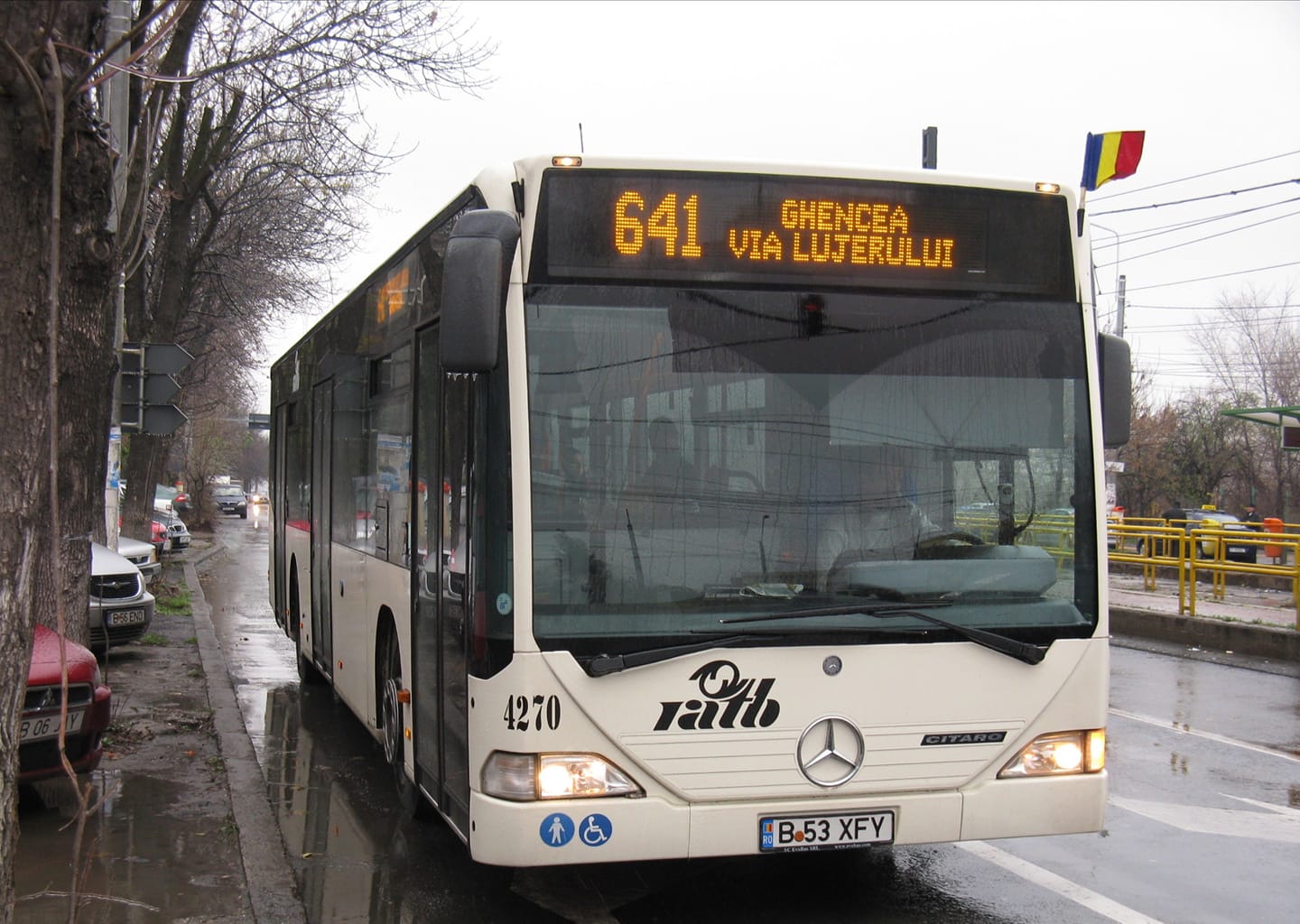
In 2018, Mayor Gabriela Firea signed a contract for the purchase of 400 Euro 6 buses with the Otokar Europe SAS association – Otokar Otomotiv Ve Savunma Sanayi AS, the winner of the tender. The value of the contract is 458,100,826 lei without VAT, and the buses were delivered by June 2019. The purchase caused a scandal, as the buses had several breakdowns after being put into operation.
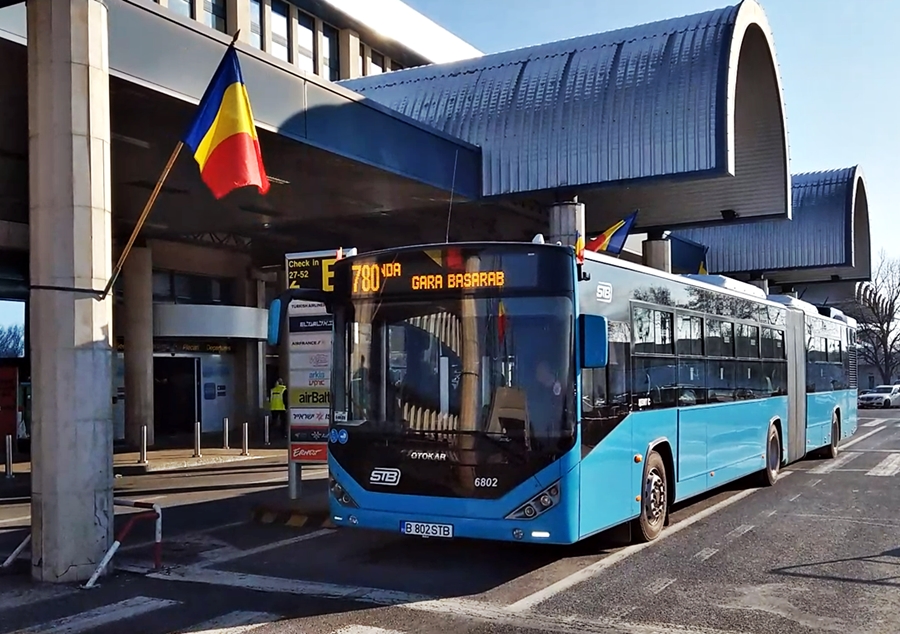
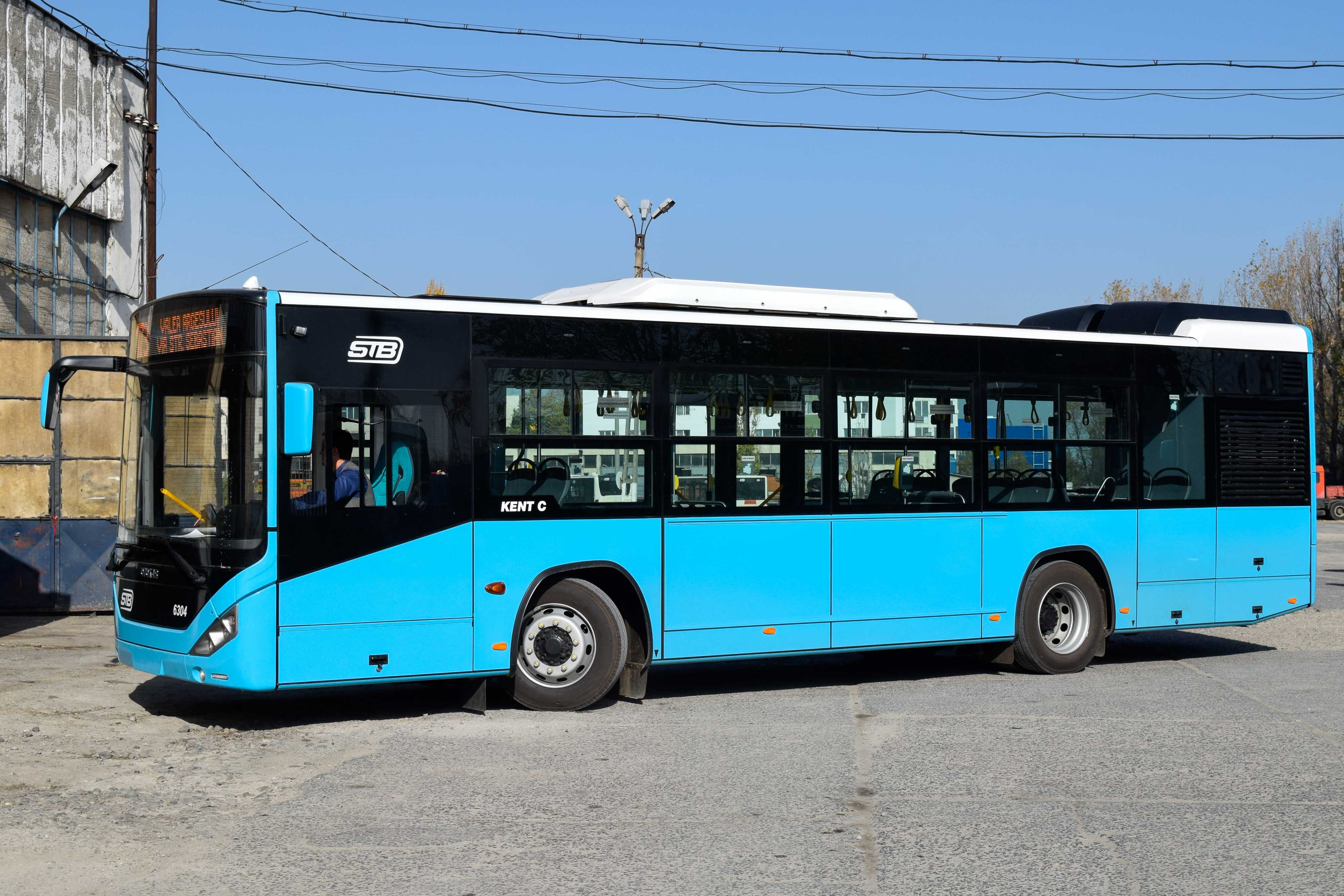
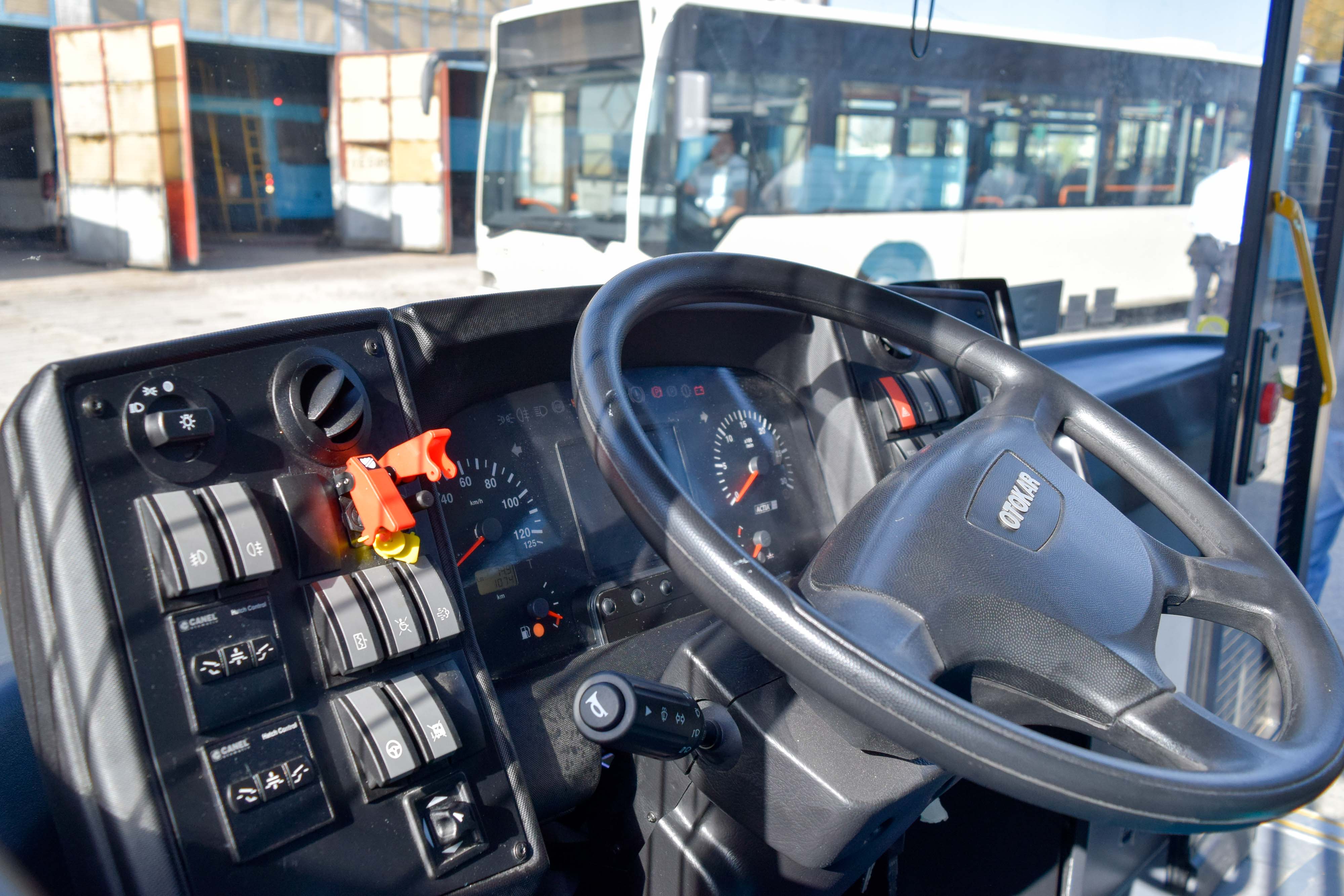
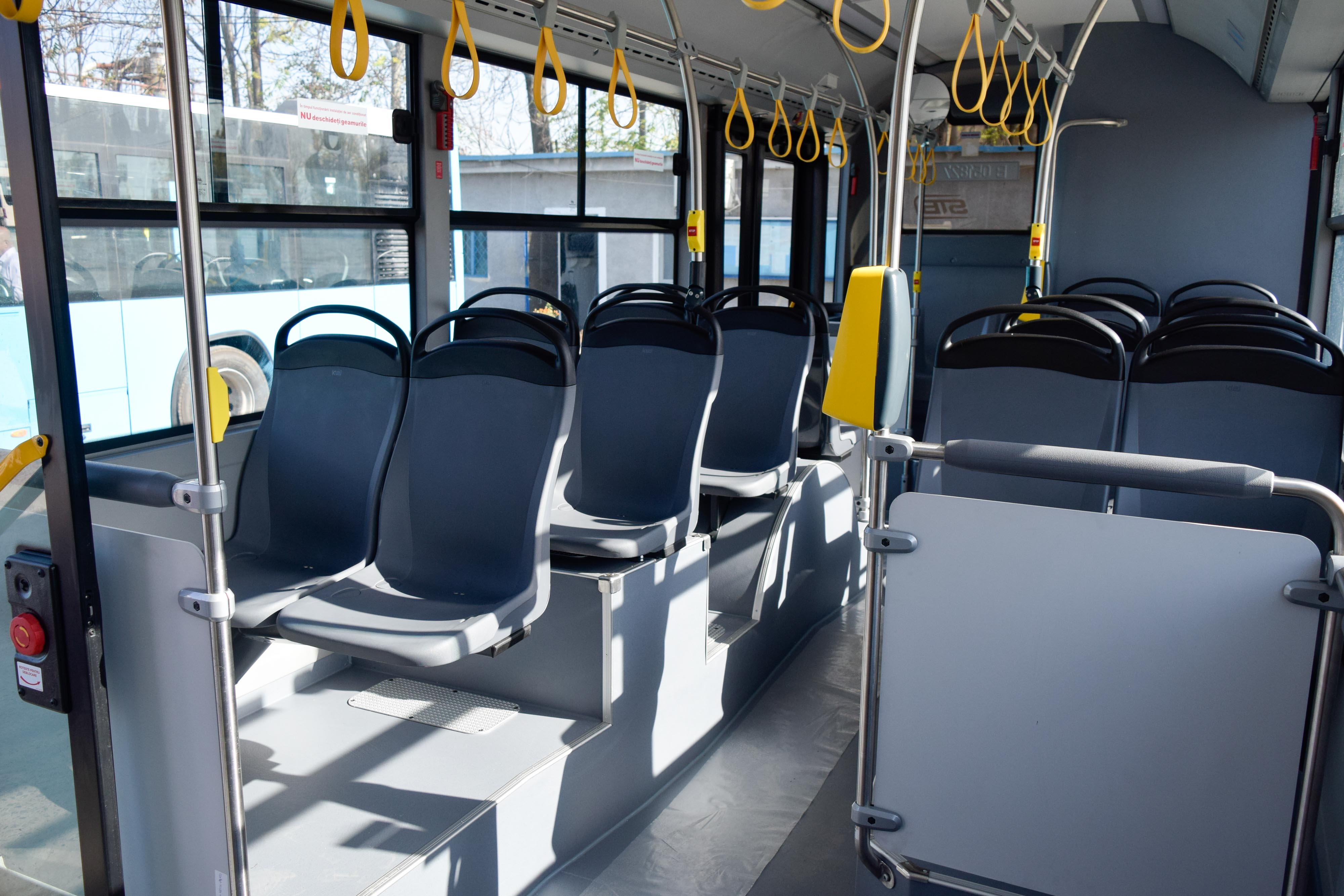
In August 2019, the capital city hall concluded a tender for the purchase of 130 hybrid buses, the winner of which was the Mercedes-Benz company. The value of the contract was 195,268,331.70 lei without VAT, and the type of bus supplied was a Mercedes-Benz Citaro Hybrid, manufactured in Germany. The purchase was made with European funds.

In May 2021, the capital city hall signed a contract with Astra Arad for the supply of 100 trams, worth approximately 200 million euros, for European money. The first trams from this batch arrived in June 2022, so far 46 trams have been delivered. . The rest should be delivered by the end of 2024.
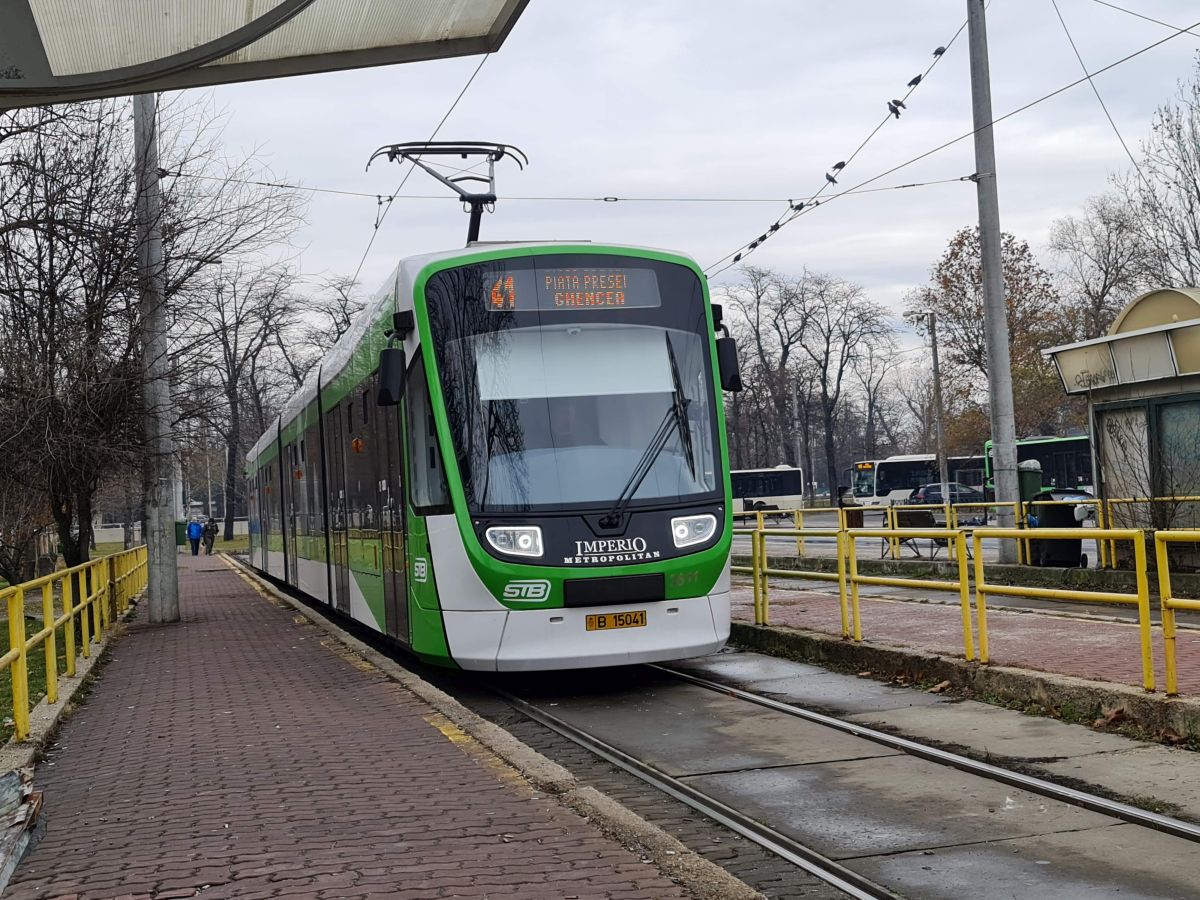
Source: Hot News
Ashley Bailey is a talented author and journalist known for her writing on trending topics. Currently working at 247 news reel, she brings readers fresh perspectives on current issues. With her well-researched and thought-provoking articles, she captures the zeitgeist and stays ahead of the latest trends. Ashley’s writing is a must-read for anyone interested in staying up-to-date with the latest developments.